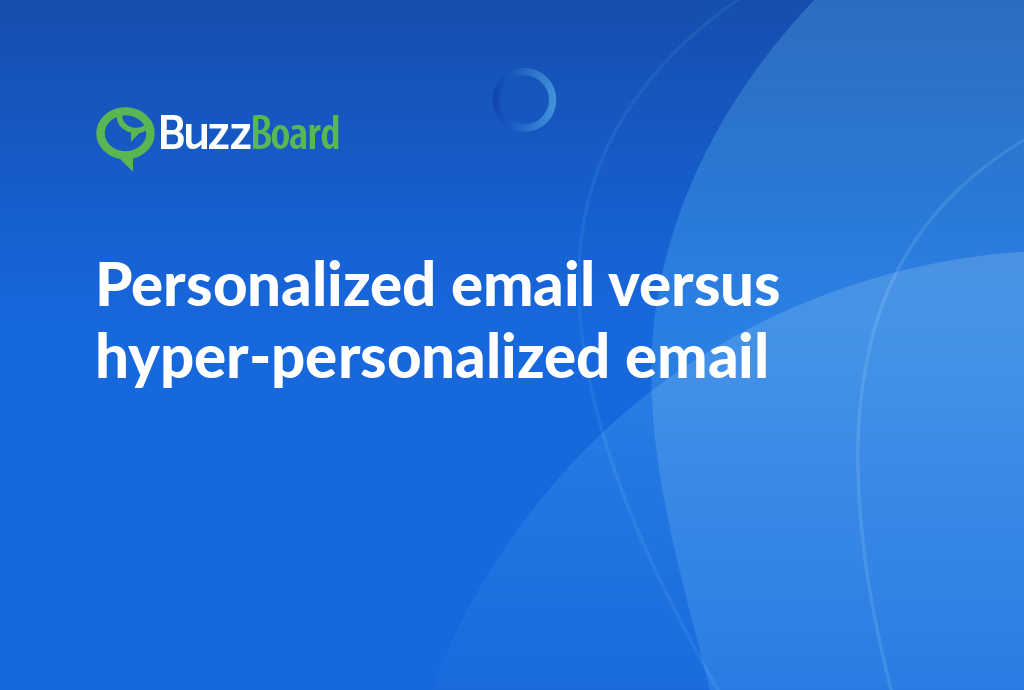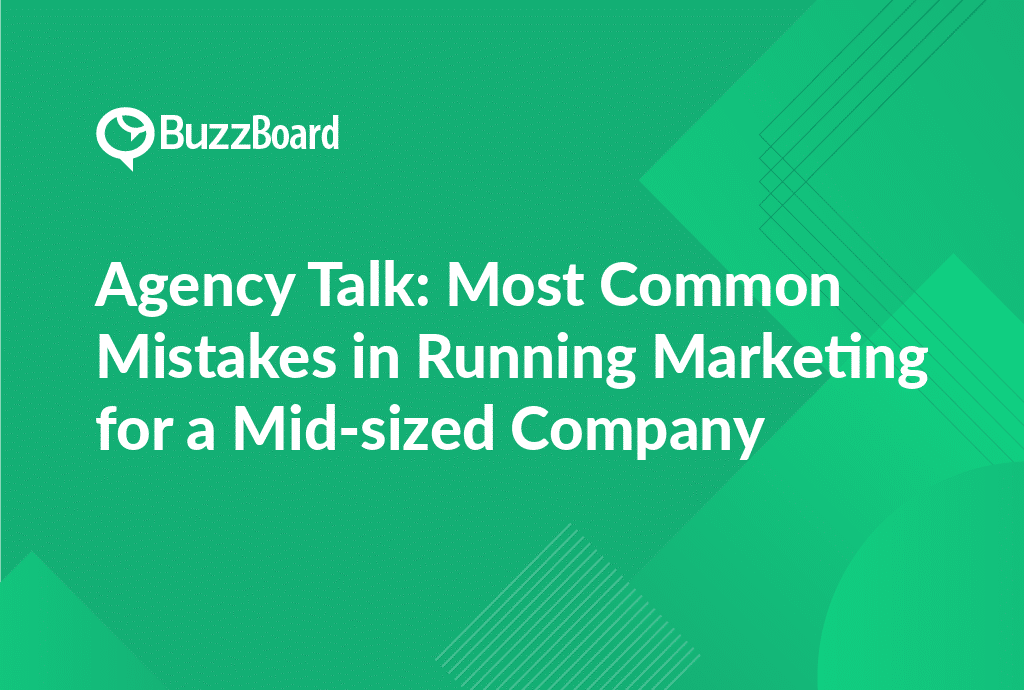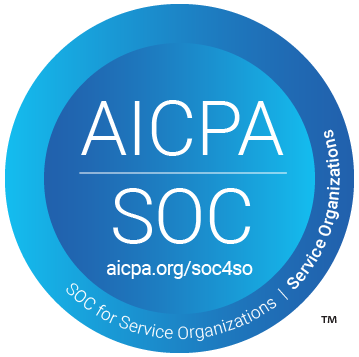The Importance of Effective Calls to Action (CTA) in Boosting Online Sales for Mid-Sized Companies
In the rapidly evolving world of digital marketing, mastering a compelling call to action (CTA) can significantly enhance online sales, especially for mid-sized companies venturing into e-commerce. The CTA is more than just a button on their website. It’s a critical pathway that encourages website visitors to transition from potential clients to profitable conversions.
Creating an effective CTA for online sales involves several key elements. First, the CTA language should be clear, concise, and persuasive, utilizing action-oriented phrases that instill a sense of urgency or significance.
Second, the CTAs must be visually arresting. Make sure they draw attention instantly. Achieve this by experimenting with colors, fonts, sizes, shapes, and placement.
Third, a powerful CTA leverages the value proposition effectively. Highlight the benefits consumers will receive by clicking the CTA, which can range from gaining exclusive content to enjoying special deals or free trials.
< p>Lastly, it’s prudent to A/B test the CTSs to determine what resonates most with the audience. Small modifications in color, text size, or CTA position can lead to substantial differences in conversion rates.
Arming your client’s website with persuasive, consumer-attracting CTAs is an impactful strategy in the vast e-commerce landscape. For digital marketing sales representatives, maximizing CTAs’ potential can escalate online sales and exponentially grow mid-sized companies.
Exploring the Psychological Aspects of Motivating Website Visitors to Respond to CTAs on Mid-Sized Companies’ Websites
Website visitors follow a predictable engagement path, and parts of this journey can be harnessed to promote enthusiastic responses to CTAs. For example, humans instinctively avoid losing out—an opportunity not taken feels like a loss. This is a principle that can be put to work in creating CTAs that highlight the potential loss if visitors do not act. For example, “Order now before stock runs out!” or “Limited time offer! Book now!“
Moreover, humans naturally follow the crowd, which is known as social proof. This is a compelling psychological trigger. Placing reviews or testimonials close to your CTA can significantly elevate conversion rates.
In digital sales, the strategic placement of CTAs for mid-sized companies is crucial. Studies indicate that CTAs positioned at the end of an engaging and insightful blog post have a higher likelihood of acquiring positive responses than those randomly placed on a webpage.
In summary, understanding these psychological triggers and correctly implementing them into your CTA strategy can lead to elevated engagement and conversion rates. As a sales representative for mid-sized companies, mastering these tactics will be invaluable in achieving superior results for your clients.
The Relationship Between E-Commerce and Effective CTAs on Mid-Sized Companies’ Websites
In today’s digital frontier, e-commerce has eradicated geographical barriers inhibiting the expansion of mid-sized companies. Websites now serve as virtual storefronts, initiating the purchase process. But what’s the key to inspiring website visitors to take the next step in making a purchase? It comes down to effective calls to action (CTAs) on these websites.
Let’s delve deeper into the relationship between e-commerce and robust CTAs. E-commerce platforms have essentially leveled the playing field, they enable mid-sized companies to effectively compete with larger counterparts and reach bigger audiences. However, solely possessing an e-commerce platform isn’t enough. They need to be paired with persuasive CTAs to guide potential customers toward making a purchase.
CTAs function as the signposts on a website, directing users on what’s next. These range from “Add to Cart,” “Buy Now,” to “Learn More.” A CTA’s potency lies in its ability to motivate website visitors to act. A well-designed CTA behaves as a psychological catalyst, encouraging the visitor to delve deeper into the sales funnel.
Pairing an e-commerce platform with impactful CTAs can turbocharge a mid-size company’s online selling prowess. This tandem cultivates a journey where customers are not just steered towards making a purchase but also given a sense of control and direction, culminating in a positive user experience.
CTAs should be contextually crafted with a robust persuasive tone while respecting the user’s independence. Remember, good CTAs do not force—they persuade!
Key Strategies and Practices for Effectively Using CTAs on Mid-sized Companies’ Websites
The psychology of the prospective customer is crucial, particularly while crafting a powerful, motivating CTA. Ensure the language used reflects the anticipated outcome for the website visitor. For example, phrases like “learn more” or “download now” stimulate the visitor to take immediate action.
Another pivotal strategy is to make the CTA features visually captivating and straightforward to locate. Refrain from making the CTA too intricate or hard to decipher. It should be a seamless process for the visitor to click through when they’ve been captivated by your engaging content.
Remember, the CTA’s position significantly influences its success rate. It should be placed in the natural flow of the website, preferably near compelling content that directly links to the desired action. Concurrently, it needs to be on a webpage with high traffic for optimal visibility.
Lastly, periodically monitor your CTA performance. Make necessary tweaks based on user engagement and feedback to streamline your strategies for improved lead conversions.
A well-crafted CTA is a game-changing factor between a website visit and a converted lead.
Real-World Examples and Case Studies of Mid-sized Companies Effectively Using CTAs on Their Websites
As a sales representative at a digital marketing agency, understanding the power of utilizing calls to action (CTAs) on company websites is imperative. Particularly, mid-sized companies have seen substantial boosts in online sales by effectively employing this approach.
Consider the universally recognized e-commerce platform, Shopify. They implemented a CTA strategy to encourage website visitors to commence a free trial. Consequently, the company experienced an 8% increase in their conversion rate. By employing an effective CTA to guide visitors, Shopify transformed passive viewers into active purchasers.
Dropbox Business, a cloud storage solution provider for mid-sized businesses, is another prime example of effective CTA use. Dropbox strategically places a ‘Try free for 30 days‘ CTA on their homepage, subtly persuading potential customers to try their service. This tactic led to a significant boost in their online sales.
Indeed, implementing CTAs is a formidable method to increase engagement and improve conversion rates. However, a poorly crafted CTA can be detrimental. Therefore, it’s vital to use concise, robust language that resonates with the target audience and prompts them to act.









